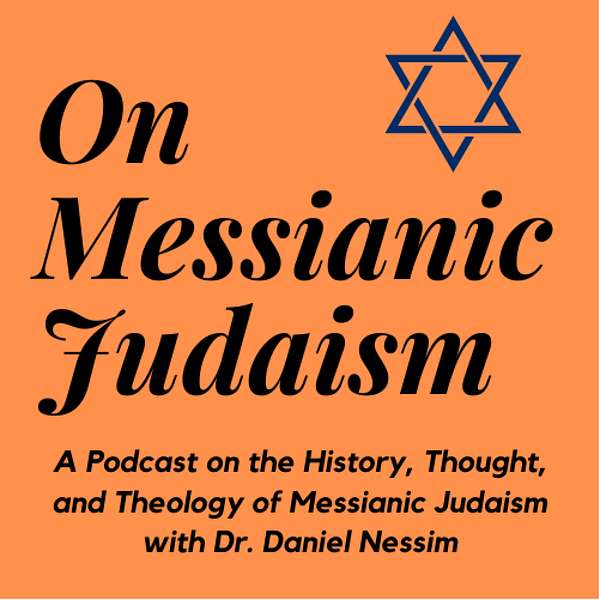
On Messianic Judaism
On Messianic Judaism
S1 E9: Heady Days: Unexpected Growth
The amazing events of Shavuot, with thousands immersed in Jerusalem’s mikva’ot as they acknowledged the Messiahship of Yeshua, attested to by the signs they were witnessing and the testimony of his resurrection, gave way to heady days for the early Messianic Jewish movement. In those days, the movement had no name, and apart from Yeshua’s followers – the eleven from his inner circle and the disciples, both men and women, associated with them – it had no formal leadership. According to Luke’s account, the primary catalyst of the movement was indisputably the injustice of Yeshua’s execution coupled with the vindication afforded by his resurrection once they accepted it. In the background were all the hopes of the Jewish nation which was yearning to be a free people in their own land, the land of Zion and Jerusalem.